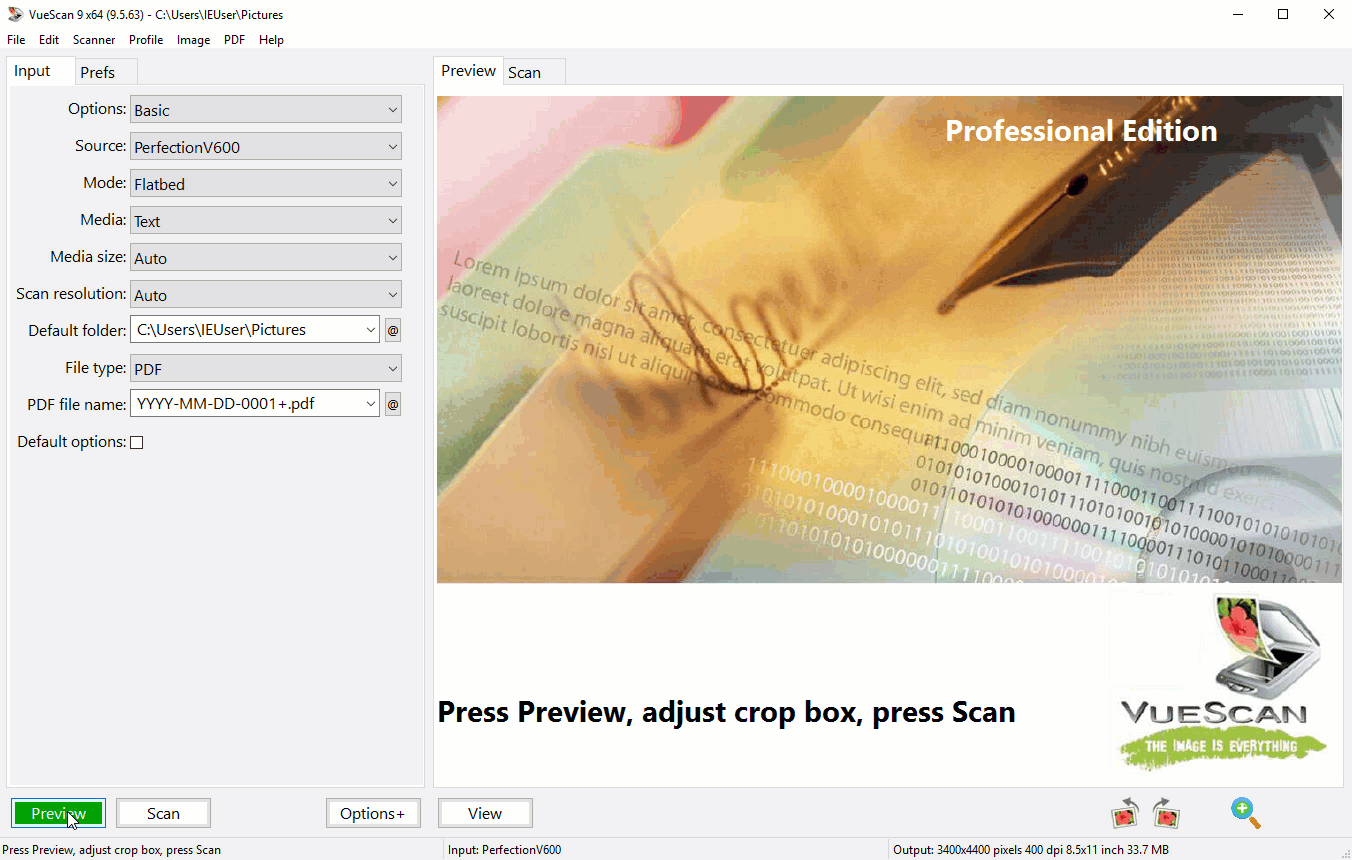
udf reader can't read it, that is a VERY BAD sign. Apparently I was very wrong! I just want to know what Roxio's answer is for XP users. But I thought that udf for CDR was a stable acceptable solution for adding files to a CDR cumulatively, without wasting 23 or 14 Megabytes per session. Am I mistaken? Or does that mean there's a different version for windows XP users, or is the udf format being phased out for XP and beyond?ĮDIT: I started this post before the last message was posted, so yes I actually used directCD, not ECDC. isn't there a free tool from Roxio? The version I have of Roxio's udf reader (5.1.1.213) doesn't seem to support windows XP. The free "trial" version lets you see if anything can be recovered before you have to pay to recover the data. If you used CD-R, the odds are fairly good if you used CD-RW - condolences, but you can try anyway. Take Ogdens' advice, and try one of the recovery programs - both have impressive testemonials on their websites and in the Roxio boards. udf reader supplied on the DirectCD disc (do NOT install that in WinXP, it's a major hassle to get back out and causes trouble until you do get it out), the disc is pretty far gone. If the disc can no longer be read by either the built-in WinXP. Packet-Writing programs by different companies (DirectCD, Nero's InCD, Sonic's DLA, etc) are propriletary and incompatible in fact, often different Versions of the same company's product are incompatible as far as Packet-Writing goes.

Use a BLANK blank, directly out of the box or off the spindle, and a sessions-based program like DataProject, Easy Media Creator's Classic Creator, WinXP's built-in drag-and-drop style sessions-based burning, etc.)Īt best, Packet-Writing can be fussy about being read with the same Operating System and Program Version as it was wirtten by, and at worst it will simply fail. (If you want to KEEP the data, NEVER format the disc. This is called "Packet-Writing", and it's primary purpose is for VERY TEMPORARY storage, or else permantly losing data. It sounds like you didn't use ECDC, but rather DirectCD, which requires that first you format the disc.


 0 kommentar(er)
0 kommentar(er)
